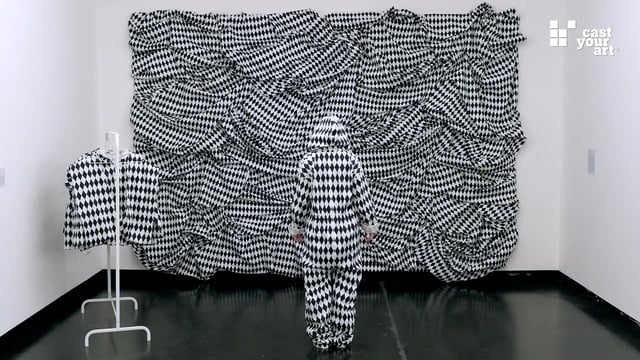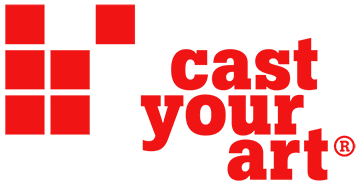Ulrike Truger – In the Way
One may think that there are not so many sculptresses. The fact is, they have always been around—they were already participating in cathedral workshops of the Middle Ages, however, often anonymously.
The sculptress, Ulrike Truger, has always positioned herself in the public with her art, in fact, she has often placed herself “in the way”. The difficulty under which the form of a stone is wrought, finds its counterpart in its stability. Tackling the obstinacy of the stone is not only work, it is also a gift, because when a sculptress creates her art, it can then not be so easily removed—neither out of the way nor out of the memory as well.
With those sculptures, which she puts under the category of socio-political projects, the artist places “thorns in the side” of public space—against injustice, looking the other way, and forgetting. Our progress, a topic in which she is interested, has brought about a lot. But one must also be aware of how our “progress” overlooks humanity. The “Marcus Omofuma Stone”, placed on Mariahilferstrasse in Vienna, is an example. It is a reminder of the practice of deportation in a consumeristic, so-called borderless, Schengen-era Europe, by which the resistance and life of a Nigerian refugee who was forcibly deported by plane was brought to an end by suffocation. Her “Wächterin” (“Watchwoman”), a hefty symbol of critical attention directed towards the participation of the Haider party in the government, was set up illegally on the Wiener Ringstraße in front of the Burgtheater.
Those who chisel form from stone must be persistent—which applies to public interests as well. Another sculpture which was outlawed from the city center by the city of Vienna is still being fought over regarding its position. But it is not only her steadfastness that unites Ulrike Truger with her artistic work—it is also the physicality of her pursuit, the rhythmic quality of the sound when the hammer meets the chisel; the struggle with the stone and its character, which demands respect as it communicates its form and possibilities; the work done outdoors and the changes that occur in the material under the influences of weather, seasons, and light. All of these factors touch upon the sensuous side of life and contribute to a component of her art which is vital to her because it gives back energy which she, as a sculptress, puts into use. (wh/jn)
Das könnte Sie auch interessieren

EDUARD ANGELI. Nine Turkish Gentlemen - The Istanbul Years 1967-1973
25. January 2024
The Paris Art Salons - The Dream Archive from the Musée d'Orsay
17. March 2015
WHITE CUBE - BLACK BOX. Zwei Ausstellungsraum-Konzepte
27. January 2017
DIE HABSBURGISCHEN PRUNKRÄUME. Im Albertina Museum Wien
31. October 2017
Lee Miller - Man Ray and the Surrealist Photography
21. May 2015
GOTTFRIED HELNWEIN. An artist-portrait on the occasion of his Albertina exhibition "Reality and Fiction"
9. January 2024
Jakob Gasteiger - Abstract Painting Now!
11. September 2017
